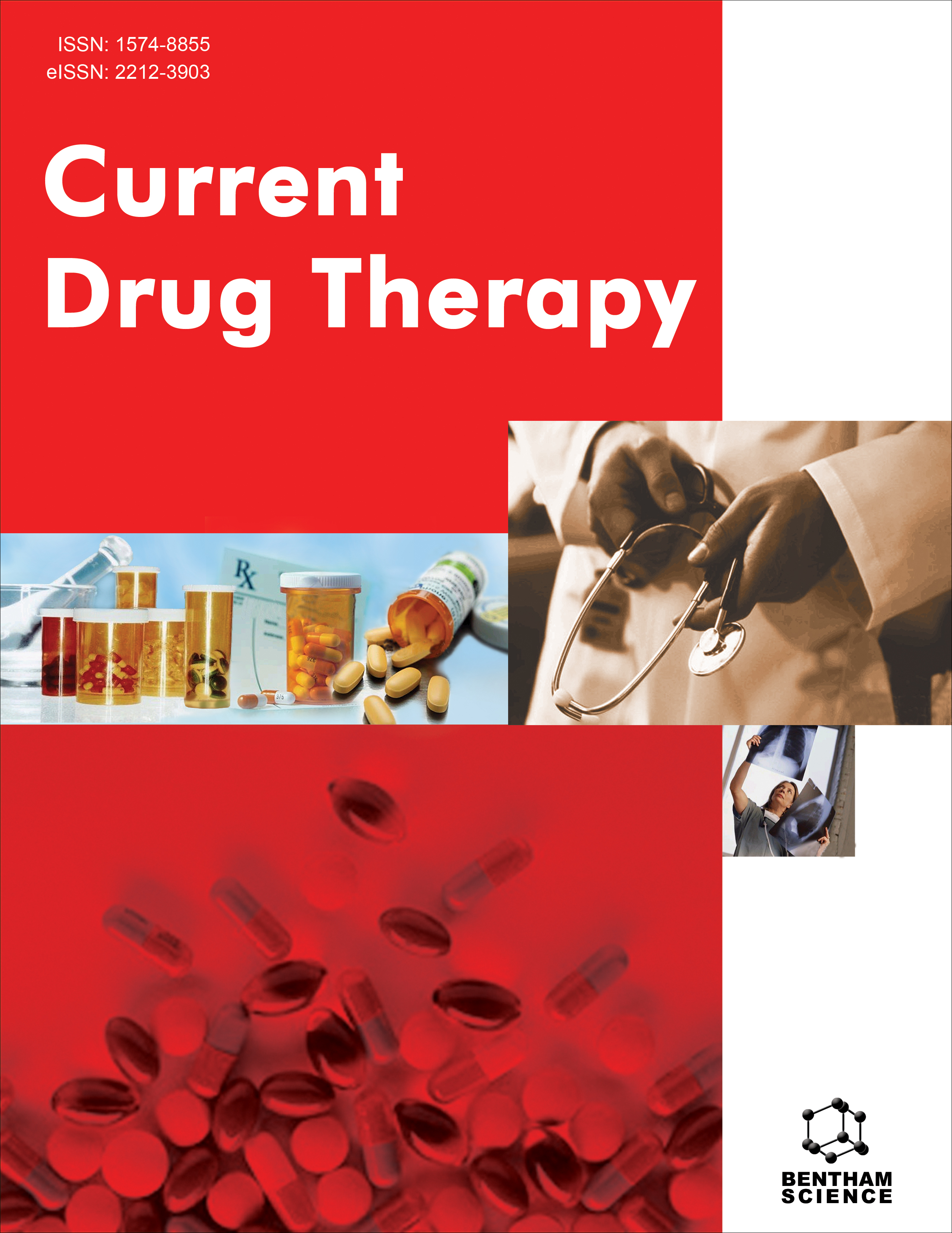
Full text loading...
We use cookies to track usage and preferences.I Understand

Atopic dermatitis is a chronic inflammatory skin condition that affects millions of people around the world. In the past decades, phytochemicals have gained attention for the treatment of atopic dermatitis due to their inflammatory, antioxidant, and immunomodulatory properties, which could be beneficial in alleviating the suffering associated with atopic dermatitis. Although various conventional treatments, such as immune modulators and biologicals, are available for the treatment of atopic dermatitis their effectiveness can be limited due to some adverse effects. The present review aimed to explore the various phytochemicals to be identified as a complementary and alternative treatment option for the management of atopic dermatitis. Phytochemicals offer the potential advantage of reducing both local and systemic side effects associated with long-term use of corticosteroids, as well as addressing the higher costs of biological drug therapies. A comprehensive literature review was conducted using databases such as PubMed, Scopus, and Web of Science to identify the pharmacologically proven phytochemicals for the management of atopic dermatitis by covering articles published from 2015 to 2023. Various phytochemicals, such as berberine, piperine, ferulic acid, baicalin, vasicine, neferine, kaempferol, α- Boswellic Acid, gallic acid, etc., werebe highlighted for their potential therapeutic effects in atopic dermatitis. In conclusion, phytochemicals present a promising, safe, complementary, and alternative treatment option for atopic dermatitis management.

Article metrics loading...

Full text loading...
References


Data & Media loading...